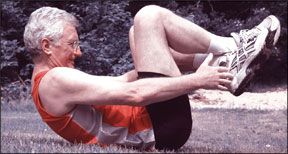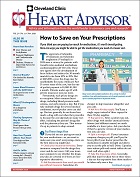Your doctor has been telling you that exercise will help keep your heart healthy and your blood flowing, and youre hoping that all those miles you and your sneakers have covered are also lowering your odds of a stroke, too. But what if you do suffer a stroke-an event in which a blood vessel supplying blood to the brain becomes blocked or bursts? What will all that exercise have done for you then? According to recent research, the more physically active you are prior to a stroke, the less severe the stroke is likely to be and the faster and more complete your recovery is expected to be, also. A study of 265 stroke patients, average age 68, published in the October 21 issue of Neurology, found that those who exercised regularly were two and a half times more likely to have a less-severe stroke than more sedentary individuals. The more active patients also had a much better chance of a faster and more thorough recovery, researchers found. Cleveland Clinic neurologist Gwendolyn Lynch, MD, explains that exercise helps protect you against stroke via several mechanisms, and they all start with the improved blood flow that results from regular physical activity.
To continue reading this article or issue you must be a paid subscriber.
Sign in






